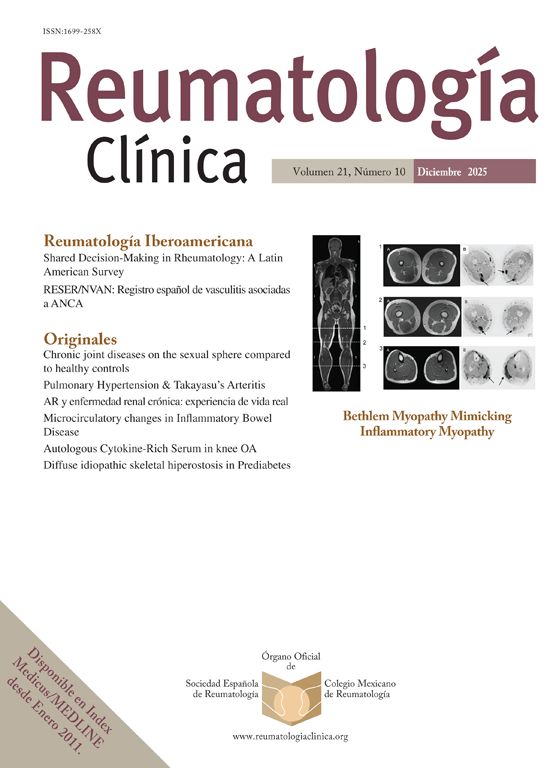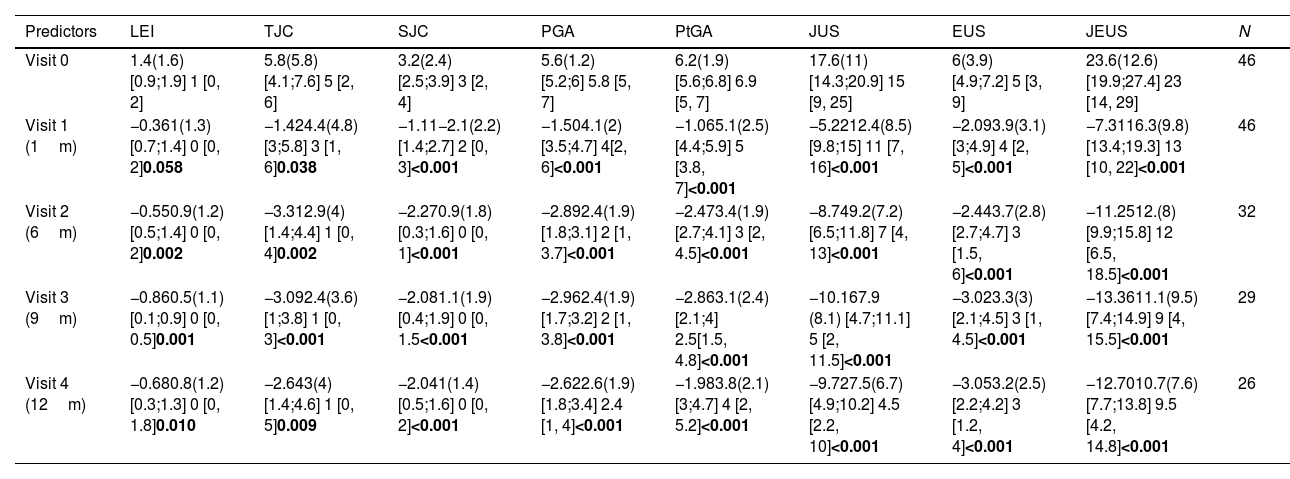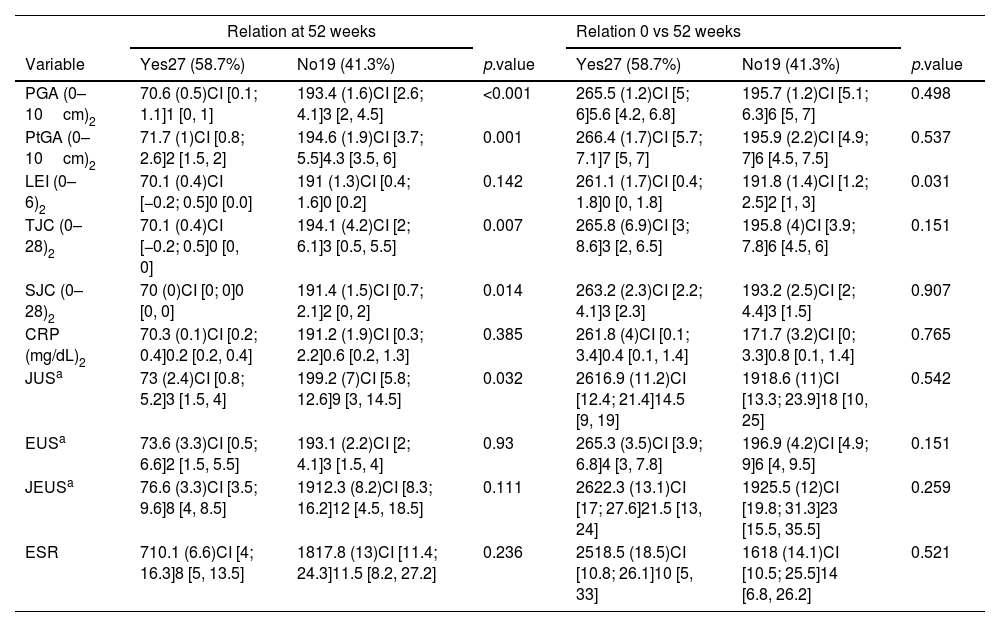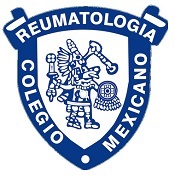Psoriatic arthritis (PsA) affects joints and entheses. The objective is to use ultrasound (US) to see inflammatory changes in joints and entheses in patients with active PsA starting Apremilast. Primary objective: 20% reduction in the US index (UIC) at 12 months.
MethodologyMulticenter, prospective, open-label study. Patients with PsA (≥2 swollen joints) and ≥2 US synovitis in joints and ≥1 US enthesitis at screening were recruited. Follow-up was 52 weeks (baseline and 1, 6, 9, 12 months). US (joint, tendon, and entheses), clinical (SJC, TJC, LEI, PGA, PtGA), and biological (ESR and CRP) parameters were recorded.
Results48 patients were evaluated, 46 were included in the follow-up and 26 completed the 52-week study. The primary endpoint was achieved, with reductions of up to 40%. All clinical and ultrasound variables decreased significantly after 12 months. 75 adverse events (AEs) were recorded in 33 patients, and only one serious event (SAE). Reasons for withdrawal included AEs (6 patients), lack of efficacy (8 patients), and other reasons (loss to follow-up, withdrawal of consent) for 6 patients.
ConclusionsChanges in different domains of PsA in patients treated with Apremilast can be best identified by ultrasound. Ultrasound is an excellent tool to study joints, tendons, and entheses in PsA. Apremilast is a safe, well-tolerated, and effective treatment for several patterns of PsA (joints, entheses) as demonstrated by ultrasound. Ultrasound can also identify nail diseases in patients with PsA.
La artritis psoriásica (APs) afecta a articulaciones y entesis. El objetivo es utilizar la ecografía (US) para ver los cambios inflamatorios en articulaciones y entesis en pacientes con APs activa que inician tratamiento con apremilast. Objetivo primario: reducción del 20% en el índice US (UIC) a los 12 meses.
MetodologíaEstudio multicéntrico, prospectivo, abierto. Se reclutaron pacientes con APs (≥2 articulaciones inflamadas) y ≥2 sinovitis US en articulaciones y ≥1 entesitis US en el momento de la selección. El seguimiento fue de 52 semanas (basal y 1, 6, 9 y 12 meses). Se registraron parámetros US (articulares, tendones y entesis), clínicos (SJC, TJC, LEI, PGA y PtGA) y biológicos (ESR y CRP).
ResultadosSe evaluaron 48 pacientes, 46 fueron incluidos en el seguimiento y 26 completaron el estudio de 52 semanas. Se logró el objetivo primario, con reducciones de hasta el 40%. Todas las variables clínicas y ecográficas disminuyeron significativamente después de 12 meses. Se registraron 75 eventos adversos (EA) en 33 pacientes, y solo un evento grave (EAG). Las razones de retiro incluyeron EA (6 pacientes), falta de eficacia (8 pacientes) y otras razones (pérdida de seguimiento, retiro del consentimiento) para 6 pacientes.
ConclusionesLos cambios en diferentes dominios de la APs en los pacientes tratados con apremilast se pueden identificar mejor mediante ecografía. La ecografía es una excelente herramienta para estudiar articulaciones, tendones y entesis en la APs. Apremilast es un tratamiento seguro, bien tolerado y eficaz para varios patrones de APs (articulaciones, entesis) como se demuestra mediante ecografía. La ecografía también puede identificar onicopatía en los pacientes con APs.











